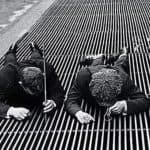We often picture sheep grazing peacefully on rolling green hills, but history tells us a different story, one where these woolly animals roamed the streets of bustling cities in both the United States and the United Kingdom.
In the past, it wasn’t unusual to see flocks of sheep navigating urban environments, particularly in the UK, where shepherds would guide them through cities to market. This unique sight was more than just a quirk; it highlighted the significant role sheep played in daily life at that time.
Sheep on the streets of London, 1926-1938
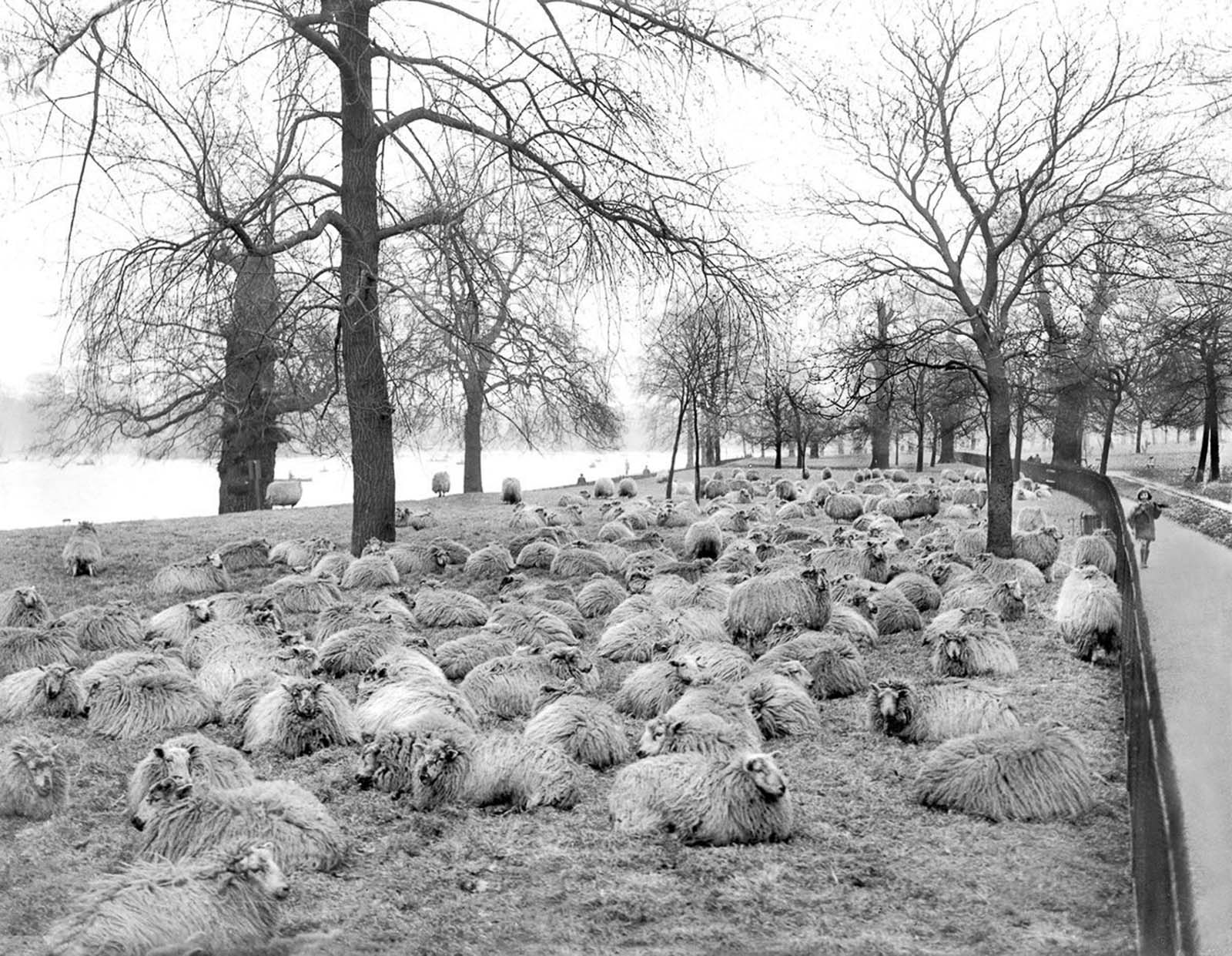
In the 1920s and 1930s, sheep were brought into London parks to help keep the grass trimmed and cut down on mowing costs. Shepherds even competed for the chance to graze their flocks in famous spots like Hyde Park and Kensington Gardens.

Sheep proved to be a natural lawn care solution, as they not only grazed on the grass but also aerated the soil with their hooves and fertilized the land with their waste. Unlike lawn mowers, they didn’t need fuel or frequent maintenance, making them a sustainable and eco-friendly alternative.
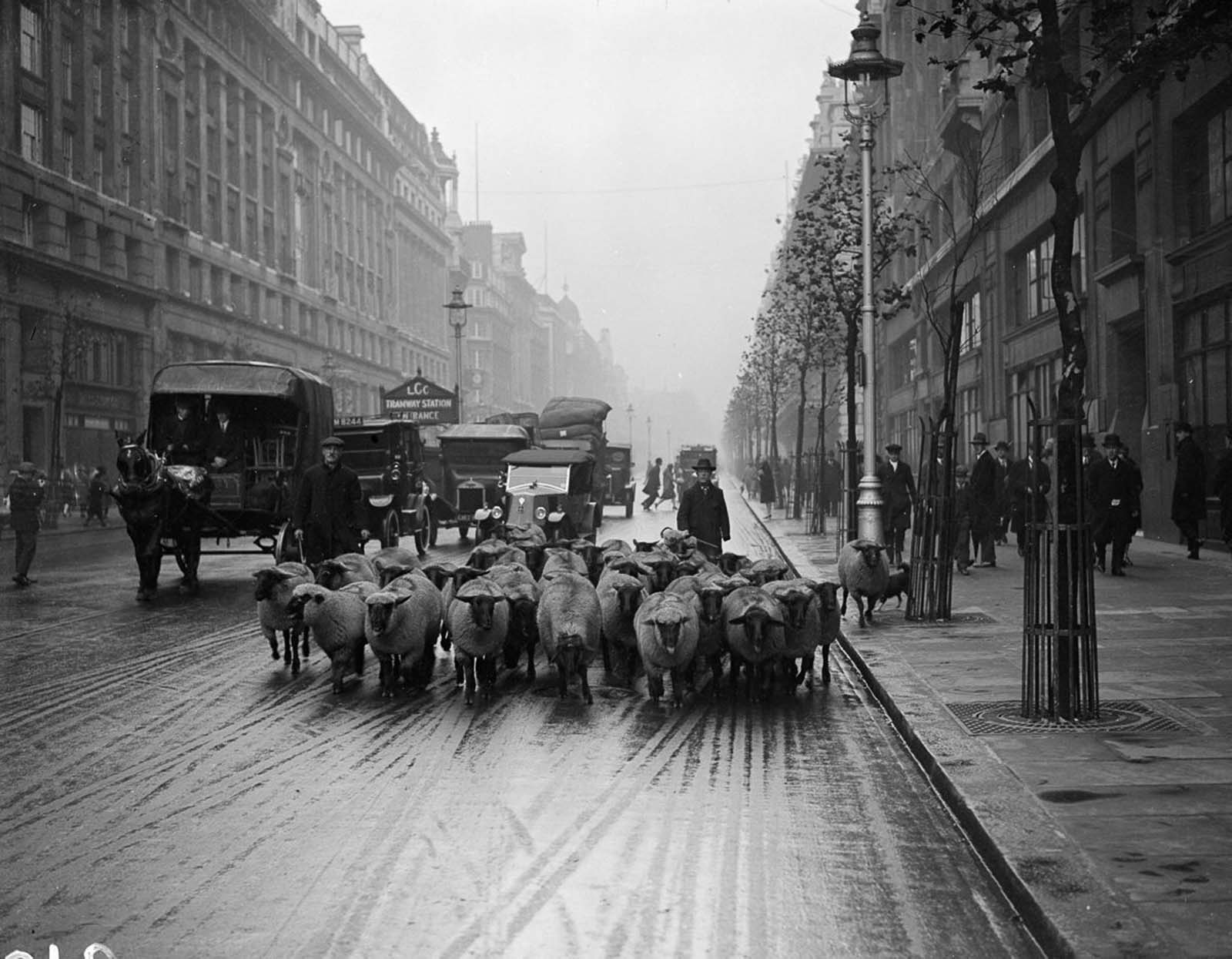
George Donald once traveled over 500 miles from Aberdeen, Scotland, to bring his flock of sheep all the way to London. The sheer effort involved in this long journey even raised concerns in Parliament.
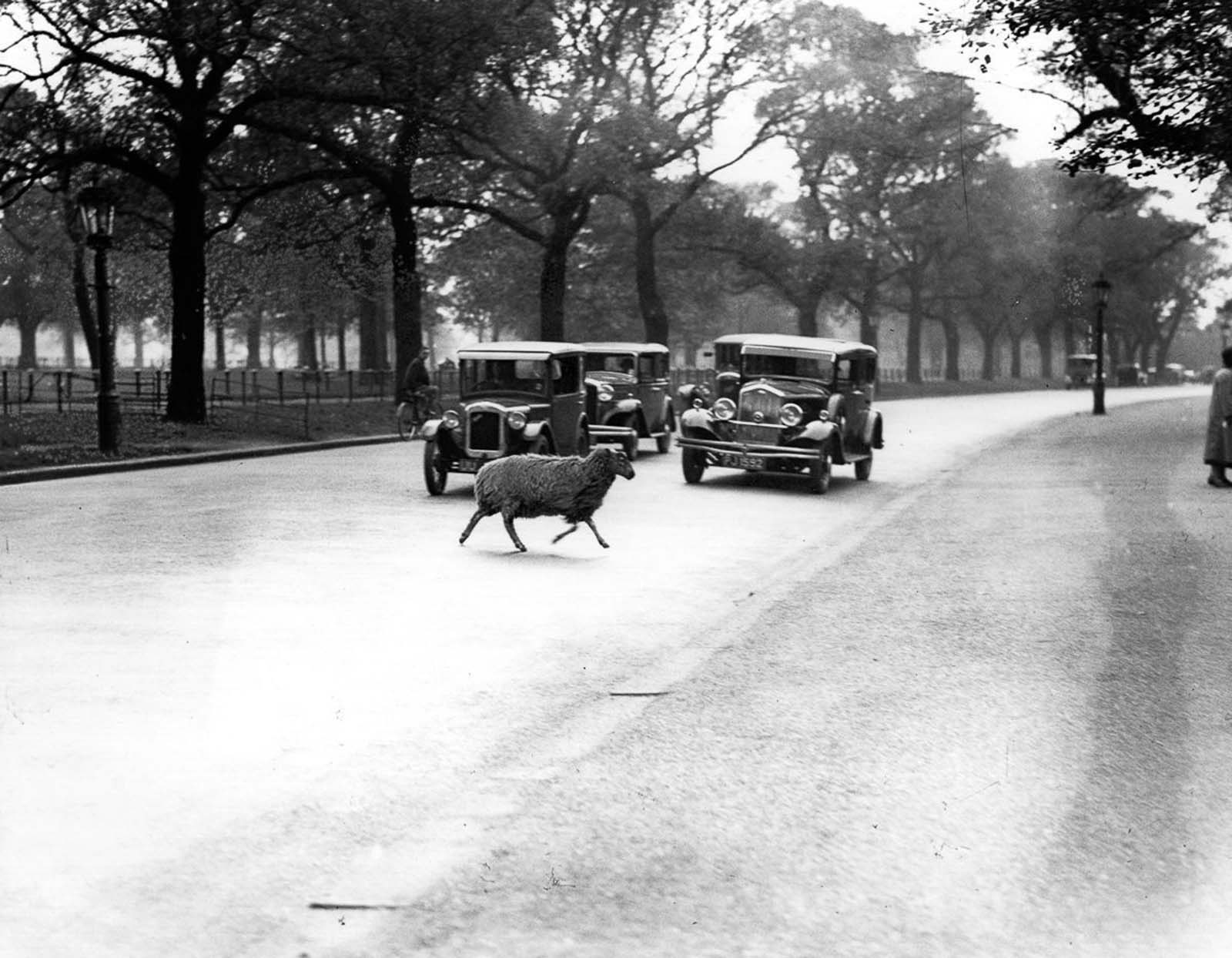
While sheep were eventually banned from grazing in the city by the late 1950s, they made a comeback in 2010. Hampstead Heath welcomed sheep as an eco-friendly alternative to machine mowers
Sheep on big cities of US
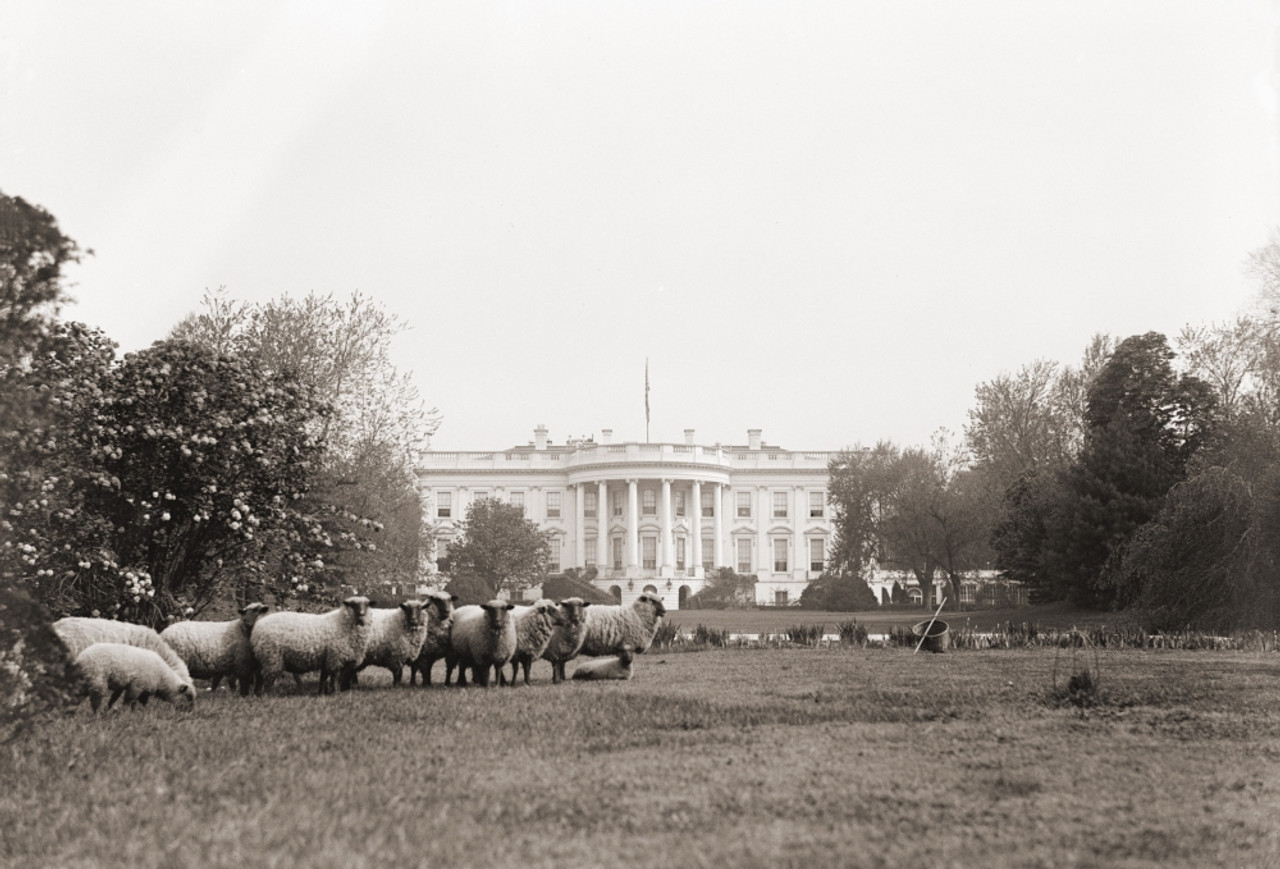
Central Park, New York
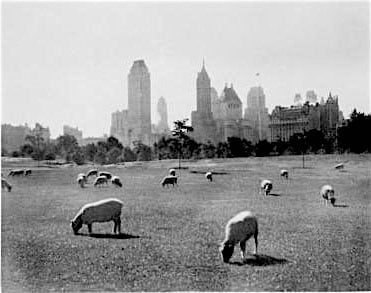
Frederick Law Olmsted, known as the father of landscape architecture, introduced sheep into Central Park as part of his vision to blend nature with urban spaces. He believed natural scenery improved people’s enjoyment of parks, and sheep played a role in maintaining that vision.
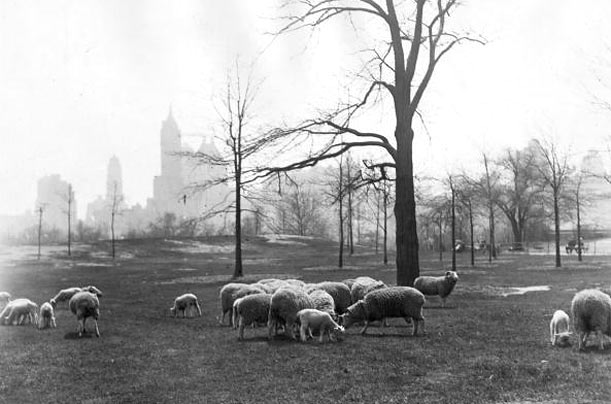
In 1863, Olmsted brought a flock of Southdown sheep to Central Park, preferring the look of grass trimmed by sheep over mechanical mowers. This practice was so effective that he repeated it in other park designs, including Brooklyn’s Prospect Park, Boston’s Franklin Park, and Washington Park in Chicago.
The White House, Washington D.C.
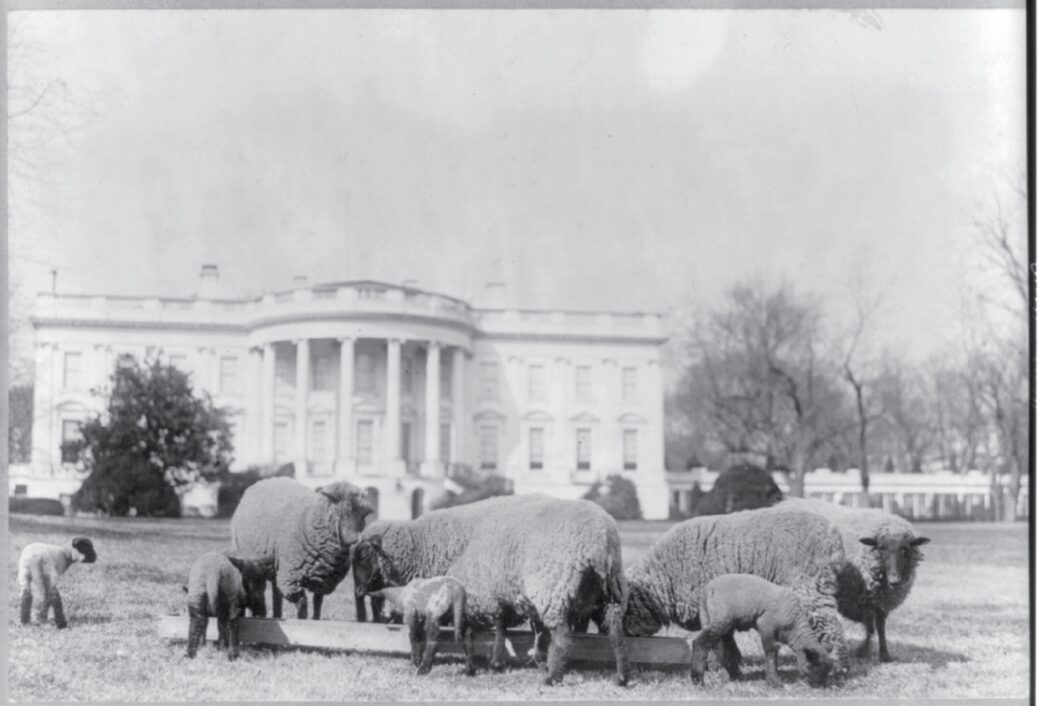
In 1914, William H. Harts, the superintendent of the Bureau of Public Buildings and Grounds, invited Washington D.C. butchers to let their sheep graze for free on government land. The idea was a hit, and around 100-250 sheep were brought to West Potomac Park, just south of the Lincoln Memorial. The sheep not only kept the grass neatly trimmed but also became a source of joy, especially for children who adored seeing them roam around. Even during polo games, the presence of the sheep added to the park’s charm.
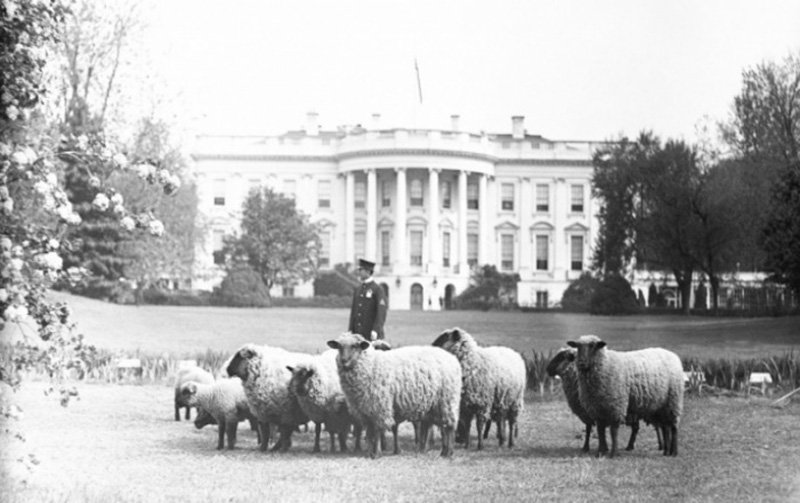
After the U.S. joined World War I in 1917, the nation faced a shortage of labor and supplies, affecting both the military and home front. To address this, President Woodrow Wilson introduced sheep grazing on the White House lawns.
On May 1, 1918, eighteen Shropshire sheep were brought in that allowed workers to support the war effort. Their wool was sold to benefit the Red Cross, raising about $52,000 (roughly $880,000 today). By the time Wilson left office in 1920, the herd had grown to 48 sheep, but the practice ended shortly after.


